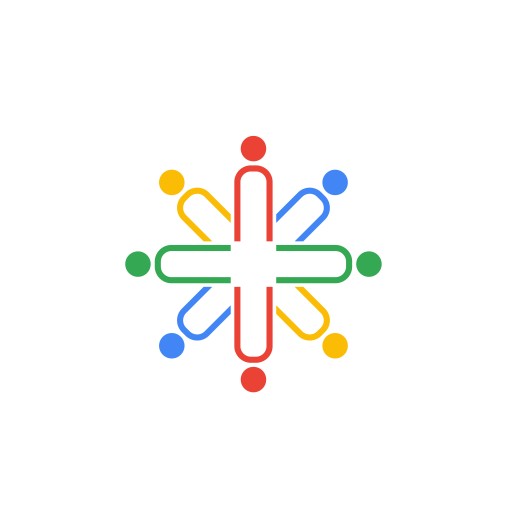The one given across all sectors of healthcare today is that change, disruption and adaption are here. Change that will lead to improvement in effective and efficient patient care.
Designers begin by understanding how people work in the real world, and then create the best IT system that’s technically feasible.
Although they’re on the front lines of care delivery, and the most frequent users of EHRs, an overwhelming 98 percent of the 13,650 licensed RNs polled by Black Book for its latest EHR Loyalty Poll say they’ve never been included in their hospitals’ IT decisions or design.
Among other complaints from the Black Book report:
- 94 percent of nurses don’t believe their current EHR has improved the communication between the nurse and the care team
- 90 percent say their EHR has adversely affected communications between nurses and their patients.
- 67 percent of nurses say they’ve been taught workarounds in flawed EHRs to allow other health team members to view pertinent patient information
- 69 percent of nurses in for-profit hospitals say their IT department is “incompetent”
- Just 30 percent say their IT departments respond quickly to fix aspects of the EHR that nurses point out as vulnerabilities in documentation.
- Just 26 percent say they agree with the statement: “As a nurse, I believe the current EHR at my organization improves the quality of patient information.”
So was there a flaw? Absolutely. The system was built with the assumption that the people using it should conform the way they work to the way the EHR was built, rather than the other way around. In other words, like most healthcare systems, their EHR was engineered.
Nurses juggle multiple priorities at any given time, with interruptions for urgent and non urgent issues. There is a need to feel supported in the the jobs they are doing and feel confident they are able to deliver safe and quality care. Tools that support the most efficient use of their time and attention will bring both career and patient satisfaction. Design that brings into considerations how and when information is used is critical.
So why the urgent need for design in healthcare now? These areas are strongly influencing and driving change today for efficiency, effectiveness and user satisfaction of our systems today:
- Payment reform. The shift from “fee for service” toward a “fee for value” reimbursement will affect nearly every aspect of care, from who pays, to where and how care is provided.
- Healthcare goes digital. Healthcare is increasingly awash in data that has yet to be widely employed to improve care.
- Personalized Medicine. What is the correct treatment plan for each person ? “Personalized medicine” will affect everything from how clinicians will make sense of mountains of new data, to how IT departments will store it, how patients will receive and use it, and how payers will reimburse for it.
Investment in the design phase of any system or product is important to success in meeting the important goals of usability which ultimately stands to improve patient care and outcomes, supports quality and patient safety goals. Without this discipline to development and understanding in product design, caregivers will continue to be frustrated and distracted and ultimately abandon products and systems that are built but uninformed business and engineer groups.
Brenda Hopkins, CEO, Publisher & Editor in Chief…the founder of Healthcare Disruptors, a global growth consulting and media firm. With over 25 years of healthcare operations and consulting experience from startup to Fortune 50 global organizations, I have developed a passion for exploring the disruptive forces in the healthcare sector. I’ve held senior leadership roles at companies like GE Healthcare, Kaiser Permanente and Athena Health. I started this journey as an RN, learning from the ground up.
I also focus on looking at innovation, EMR, healthcare IT, clinical support, patient experience, issues of convergence and new business models. Much of my work here is identifying the disruptors, transformers and growth drivers in the healthcare ecosystem and working to address the implications of this for stakeholders. I spend my free time with my kids, skiing, biking and learning from the many amazing people that I meet in this industry . I am working on developing a nonprofit executive coaching organization to guide women into senior leadership roles in healthcare.


Recent Comments